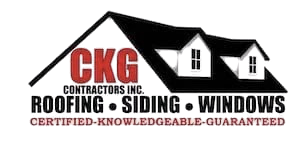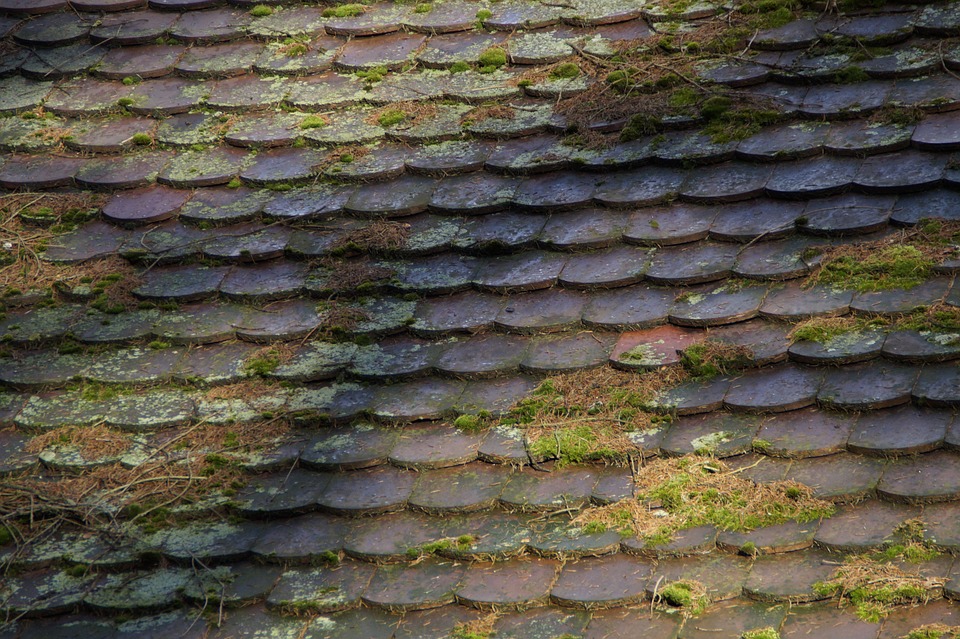Moss is an annoying four-letter word for homeowners. It does nothing else well for a roof but a hobbit-like feel. It is not only a cosmetic issue but can cause serious problems that can reduce the life of your roof. So, if you’ve sprouted a moss infection, you should remove it physically and look for ways to prevent its growth before it becomes a serious threat to the performance.
Here’s everything you need to know about moss on the roof:
How Does Moss Affect Your Roof?
Shorten your roof’s lifespan and will add additional weight
Moss grows abundantly and while doing so can create a heavy blanket on top of your roof. It is porous and will retain water that can lead to rot and bacteria. The added weight can potentially put hundreds of pounds on your roof. Moss might not have an impact on your health but its growth can significantly shorten your roof’s life. Once you have a spore on the roof, it will spread on top like a wildfire.
Holes, leakage, and structural deterioration
Moss takes moisture from the environment and starts establishing roots on the roof. These roots can creep underneath the shingles, tiles, and slates uprooting them. Eventually, these roots can cause immense structural damage to your roof leading to holes and leakage. Even worse, while removing the moss, roof tiles can fall back awkwardly.
Pests
A lot of rodents, insects, and critters get attracted when you have moss above the roof. So, while you’re already dealing with the nuisance of the unsightly appearance of your roof, now you’re left with another frustration of pest infestation, that’s hard to eliminate.
Curb appeal
Not all homeowners like the charming fairy tale look straight out of the enchanted forest. So, if you’re looking to sell your home, moss alone can be a major red flag for picky home buyers and home inspectors.
Inspection of a roof under moss is dangerous
Moss is pretty slick and slippery – especially when combined with algae or lichen. So, if you want to take a closer look at the moss, don’t try walking on the roof as you can fall and get yourself hurt seriously.
How do you get moss on your roof?
Moss and algae grow on your roof due to the presence of moisture and organic debris. So, if your roof is damp or cool and doesn’t receive much sunlight throughout the day, moss growth is far more likely. If your roof is a north-facing tiled roof and has a good amount of shade over the top, there are greater chances of moss growth.
Moss typically grows under the shingles, so you can’t spot it by just glancing up and taking a look. You need to evaluate your roof more deeply.
Should you trim back any plant growth from your home in order to prevent the growth of moss on your roof?
Now that you’ve seen how moss can plague your entire roof, it’s best to think about ways for preventing or limiting the growth over roof tiles. The best way to prevent a mossy roof is to let it receive maximum sunlight throughout the day. So, if you have some branches hanging over, you should trim them back to expose the roof to sunlight. Similarly, tiny spores of bacteria are blown onto the roof from nearby trees or bushes above the rooftop. Trimming the trees that are closest to the roof will cut down the bacteria from branches, sticks, and twigs that will otherwise end up getting on the roof resulting in moss.
Also try to keep gutters free of debris, leaves, branches, and seedpods that can otherwise pile up on the roof and encourage moss to grow. An efficient drainage system of your roof is crucial to prevent moss as a result of rain or moisture.
What will happen to your roof if you leave the moss growing on it?
Moss doesn’t pose any threat to humans so should you be worried about moss on your roof? Well, moss not only gives your home a touch of fairytale charm but it can seriously impact the structural integrity of your roof. If you let moss grow on your roof, it will exacerbate water damage and other roofing problems. No matter your roof type – cedar shakes, tiles, or composite shingles; moss can lead to holes, thin spots, and leaks. If you left moss as is, it can sweep under shingles, tiles, and shakes stressing them up and creating damage overall.
Does having a metal roof that moss will not grow on your roof?
A lot of homeowners believe that metal roofing is strong and durable so it might not have any issues with moss. Well, there’s no doubt in the strength and durability of metal roofs but it is still not immune to moss, or algae growth. In fact, metal roofs can quickly look dingy and flimsy under the moss.
Moss actually attaches itself to any organic material that is available on the roof. So, if you have such organic material on the roof, moss can use it as an anchor or base to grow and thrive. Things like decomposing leaves, bird droppings, and pollens from nearby roof can Just like other roofing materials, you need to regularly maintain and clean your metal roof to prevent moss from growing.
Once moss sets in, it starts retaining moisture being porous and excellent in absorbing moisture. So, your roof stays damp from rain and slow to dry out. This water can also corrode metal that can become serious trouble over time. Moss with water can also discolor and stain your metal roofing, making it unsightly unless cleaned and sterilized.
Does having a tile roof ensure that moss won’t grow on your roof?
No roof type is immune to moss or algae growth, but it is particularly damaging to tiled roofs. It can easily find places in dark nooks and crannies between and under roof tiles. Moss alone is not damaging to the roof but the aftereffects are quite devastating. The roof tiles can collect rainwater during a downpour due to moss in-between. So, if you have a tile roof, you must regularly clean and maintain it to prevent moss growth over time.
If you have Moss on your roof, call us today at 973.599.0811 to schedule a free roof inspection to see if you need a replacement or just a roof cleaning.

